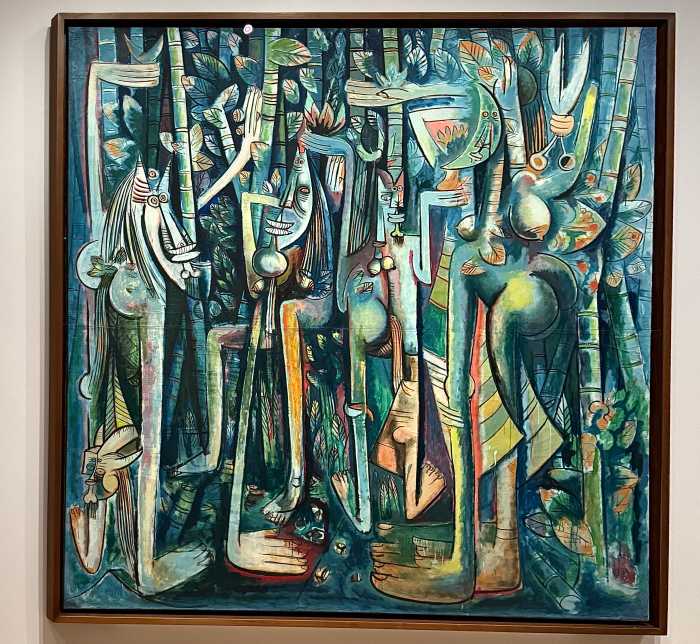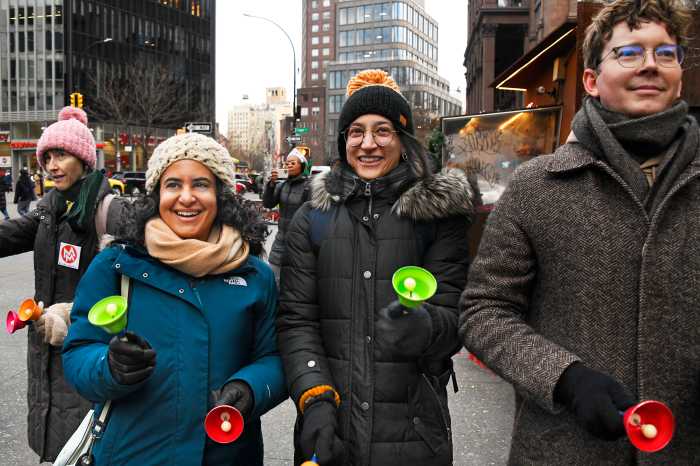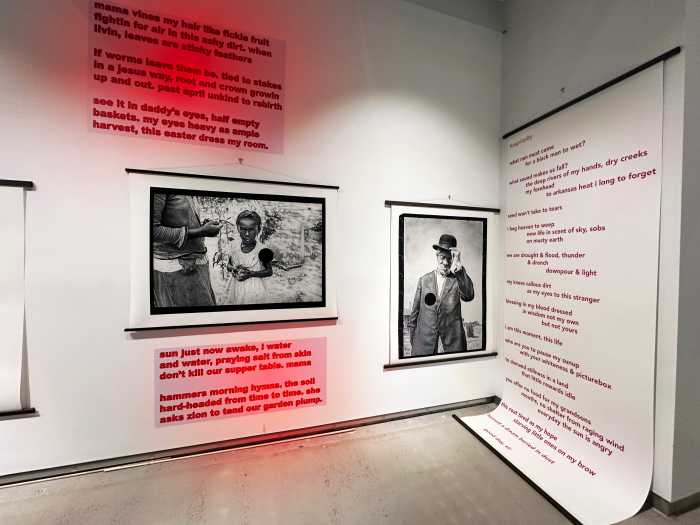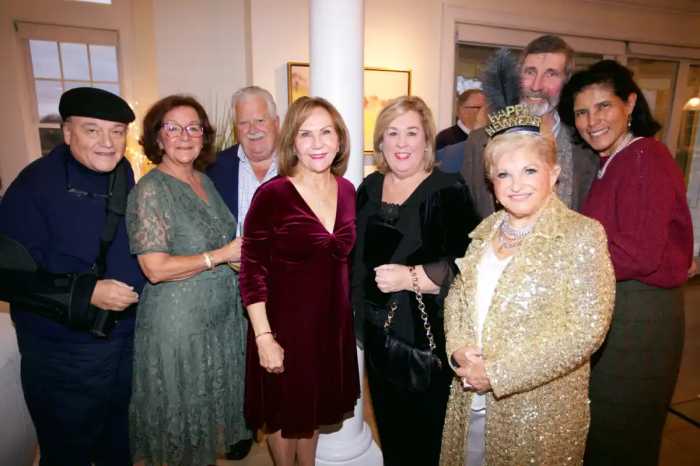Lully and Mahler launch the season
BY DAVID SHENGOLD
Every autumn, New York’s classical vocal scene gets underway even before the Met opens its glamorous doors. With the now-roaming City Opera on hiatus, the first waves were caused by the Brooklyn Academy of Music, celebrating its 150th anniversary this year.
In operatic terms, over the last few decades BAM has acted largely as a clearing-house for European productions, usually from either the baroque or contemporary eras, furnishing New Yorkers with a valuable window onto developments we might otherwise miss or not see reflected in domestic stagings for some time. Britophilia dictates BAM’s choices less regarding operatic material it imports than in the case of “straight” theatrical productions; if Fiona Shaw and Simon Russell Beale did a reading of “I Do, I Do!” it would come to Brooklyn.
One special relationship proved worth commemorating. Ex-pat conductor and baroque legend William Christie first unveiled for US audiences his astonishing revival of Jean-Baptiste Lully’s 1767 “Atys” — neglected for centuries — on BAM’s stage in 1989. The current revival — with the truly spectacular neo-baroque costumes of Patrice Cauchetier and faux-marble palatial sets of Carlo Tomassi — has been achieved largely thanks to an old-fashioned patron of the arts, Ronald P. Stanton, who found this “Atys” a life-changer the first time around. Having not seen it then, I was certainly not disappointed in the current show, though Lully — unlike, say, Handel — is not a taste I have entirely acquired.
The dance sections are extensive, the recits repetitive and quite dry, but when everything coalesces, as it did here in Act Three’s extensive dream scene and in the final laments of the love-smitten goddess Cybele, the results are astonishingly bracing. Plus, thanks to Christie and the remarkably intelligent and comprehensive work by director Jean-Marie Villegier and choreographers Francine Lancelot and Beatrice Massin, even the recits and dances — some might say especially the dances — were stylishly executed and well-integrated into an overall created world of astonishing sophistication and evocativeness.
“Atys” has a large cast, even with some singers handling two or more parts. It goes without saying that under Christie’s tutelage, the playing and singing of Les Arts Florissants furnished lessons in state-of-the art French baroque style.
First among the very strong assemblage September 20 was Anna Reinhold, stunning to behold and hear as the jealous Cybele. It’s a great diva part with a wide range of emotions and expression, and the 27-year-old mezzo did it full justice.
The other women were very strong — Emmanuelle de Negri as the nymph Sangarde, the unwitting object of the goddess’ jealousy and revenge; lovely-voiced Sophie Daneman as her sympathetic confidante Doris (the two blended sublimely together); and the cleverly etched duenna-like Melisse of Ingrid Perruche.
Nicolas Rivenq looked aptly Herculean as the too-amorous king and affirmed his status as a genuine leading baroque bass. Veteran bass Bernard Deletre had fun in two personality parts. The ensemble and chorus did excellent work.
I was disappointed, not for the first time, by tenor Ed Lyon (Atys), who seems to have succeeded Toby Spence as the “It” Boy of British Early Music. What refinement can do in terms of dynamics and phrasing, he accomplishes; but the basic timbre is ordinary, even somewhat bleaty. When the dream scene brought on veteran Paul Agnew’s dulcet Dieu du Sommeil and, especially, the Morphee of French Early Music’s “It” Boy Cyril Auvity, with his radiant tone and perfect declamation, we heard what was missing. Plus, Lyon seemed physically stiff and ill-at-ease in the costumes (he had done well enough in scanty costumes in BAM’s 2010 “Fairy Queen”), leaving a puzzling lacuna in the middle of this fated love triangle.
Spend a few decades in theaters and you get ghosts; this splendid evening made me miss anew the late Patrick Giles, a fellow gay opera critic who left us too early — an always enthusiastic presence at and chronicler of Christie’s local appearances.
The New York Philharmonic played one performance of Mahler’s massive “Resurrection” Symphony (his Second) in honor of the September 11 anniversary, then regrouped for three subscription performances with a different pair of vocal soloists. The first, on September 22, proved quite rousing — one of the better things I’ve heard music director Alan Gilbert lead from the standard repertory.
This piece, with its rich textures and Berlioz-like experiments with sound from different sources, really needs to be heard in the concert hall. Except for some premature applauders — during the first of five movements! — the audience followed raptly, especially during the sustained violin ostinato opener and the hushed entry of the excellent New York Choral Artists.
Lilli Paasikivi, a Finnish mezzo whom we hear too rarely in New York, provided wonderfully sculpted lines and soulful, liquid tone in the “Urlicht” song and in her urgent contributions to the finale. Miah Persson sounded as angelic as she looked in the soprano’s comparative brief but key utterances.
Certainly a memorable evening; Mahler figures significantly in the Phil’s season, with the First, Ninth, and reconstructed Tenth all on deck.
David Shengold (shengold@yahoo.com) writes about opera for many venues.






































